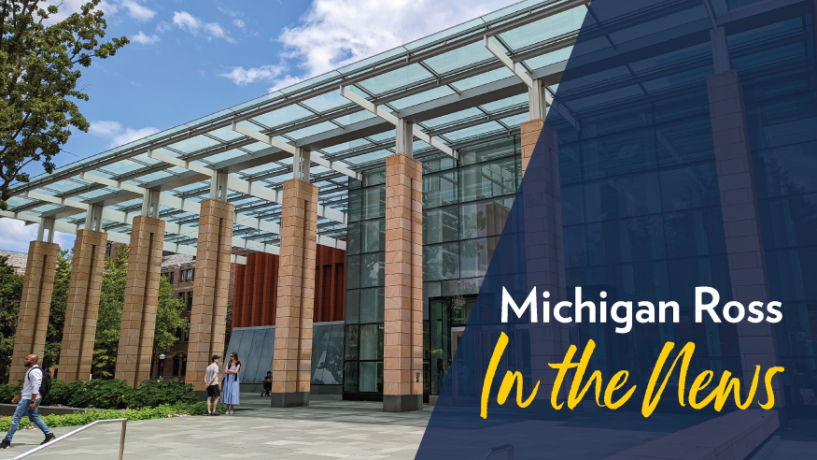Health Insurance Coverage Rises for LGBTQIA2S+ Adults Yet Access Lags

Michigan Ross professors Tom Buchmueller and Sarah Miller explore how the changing landscape of the health care has affected coverage and care for members of the LGBTQIA2S+ community.
LGBTQIA2S+ adults remain significantly more likely than others to report going without health care because of cost despite closing gaps in the coverage itself, according to researchers at the University of Michigan, Harvard University, and Massachusetts Institute of Technology.
Those disparities in access to care have persisted despite the potential for improvements envisioned by the Affordable Care Act (ACA) insurance coverage expansions and the 2015 Supreme Court ruling on marriage equality.
The health insurance landscape has changed dramatically, including significant improvements in health equity. Yet the drivers of that change also should have reduced barriers for LGBTQIA2S+ people, the authors say in a study published in the June issue of Health Affairs.
“It is very impressive that in such a short period of time, the disparity in health insurance coverage between non-LGBT and LGBT adults has completely disappeared,” said Thomas Buchmueller, a health economist at U-M’s Ross School of Business and the study’s corresponding author.
“Although things have improved a lot, a sizable number of people still find it difficult to afford health care. So we still need to focus on how to improve the quality of insurance coverage and bend the health care cost curve.”
Researchers analyzed 2013-19 data for adults ages 18-64 from the Health Reform Monitoring Survey, a nationally representative, cross-sectional survey conducted by the Urban Institute. The sample consisted of 135,990 observations.
The study notes a crucial feature of the survey typically missing from previous surveys: It includes three questions on sexual orientation and either one or two gender identification questions, depending on the survey year. It compared outcomes for LGBTQIA2S+ and non-LGBTQIA2S+ adults in three distinct periods: before the start of the ACA coverage expansions (2013), the early post-ACA period (2014-16), and the late post-ACA period (2017-19).
Before the federal policy changes, LGBTQIA2S+ adults were less likely than others to have a usual source of care and were more likely to report they went without care for financial reasons. By the end of the study period, researchers found no statistically significant difference in overall insurance coverage rates for LGBT and non-LGBT adults; yet persistent gaps in health care access remained.
Researchers offer some possible reasons for the access gap: LGBTQIA2S+ adults could have enrolled in less generous plans with higher cost-sharing, and they face greater challenges related to bias, discrimination, and stigma—barriers not addressed by solely improving insurance coverage.
The study’s co-authors were Andrew Bolibol of Harvard, Sarah Miller of U-M’s Ross School of Business, and Benjamin Lewis of MIT.







